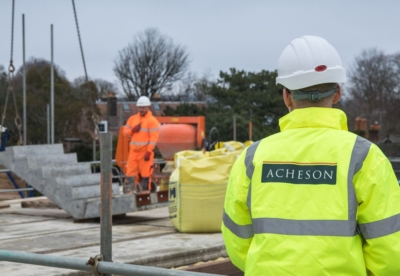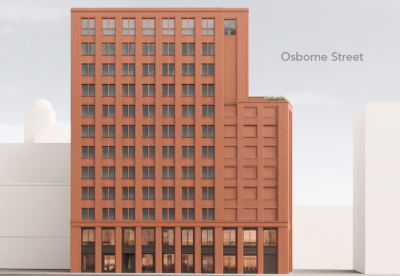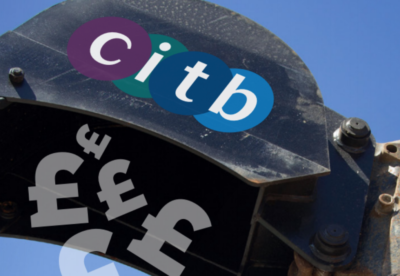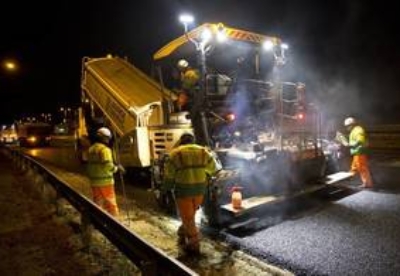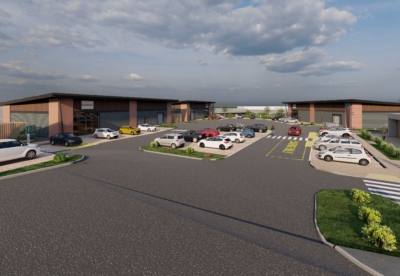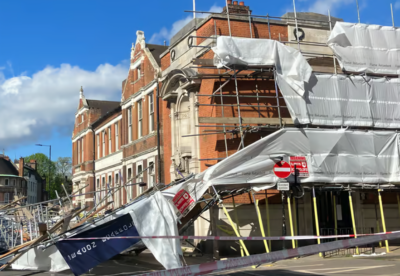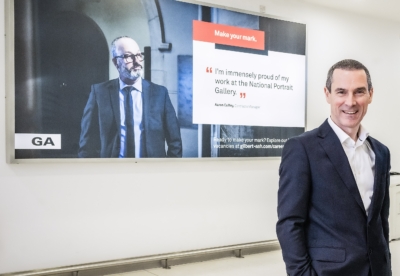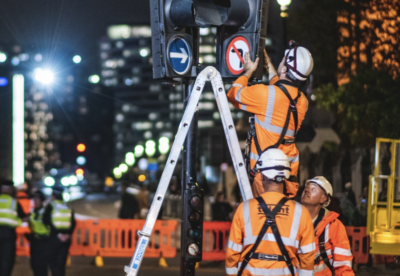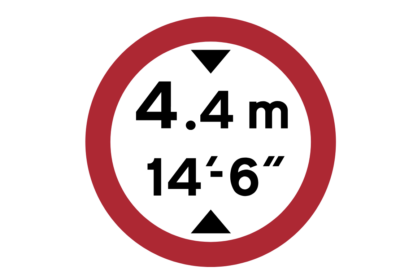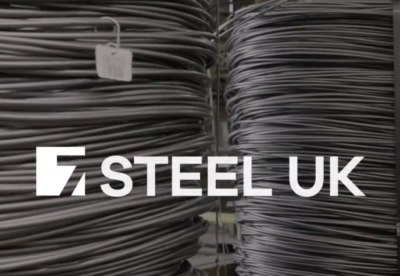The proposals being introduced following the Grenfell disaster also give the new Building Safety Regulator far-reaching powers to police design, construction and operation of buildings and competence in the industry.
The government will also have new powers to regulate construction materials and products, while also reforming the building control sector.
The Health and Safety Executive is already setting up the Building Safety Regulator office with the recruitment of a Chief Inspector of Buildings to start shortly.
Under the proposed new building laws, the regulator will oversee three key project gateways.
Project Gateways
- Fire statement to be submitted with planning and the new Building Safety Regulator consulted
- Construction cannot start until Building Safety Regulator is satisfied with design
- All key design and construction documents – the Golden thread – sent to the regulator to issue a completion certificate
The draft Building Safey Bill also puts the onus on designers and workers to report any structural or fire safety occurrences which could cause risk to life.
Tough new enforcement powers will see the time limit for both prosecution for non-compliance with building regulations and correction of defects extended from 2 to 10 years.
Both individuals and companies will be liable to prosecution.
Failure to heed compliance or stop notices will be a criminal offence, with a maximum penalty of up to two years in prison and an unlimited fine.
Provision of false or misleading information to the regulator could also result in up to two years imprisonment.
Under proposed building control reforms, all Approve Inspectors will need to register as a new “building control approver”, with details held on a new national register.
Builders will no longer be able to appoint their own building control body on high-risk buildings.
The regulator will also be granted power to strike off building control professionals that fail to perform.
Charis Beverton, a senior associate in the construction team at law firm Winckworth Sherwood said: “The Draft Building Safety Bill represents a substantial shake-up of the fire safety regime nationwide but it may be sometime before the new framework is up and running.
“This is a complex piece of legislation and will ultimately involve a lot of planning and preparation for operators across the industry. While the Bill may have been widely trailed, only now is the detail of new roles (like the Accountable Person) available, and organisations will need time to adjust in order to fit the new roles and responsibilities into existing structures.
“Government will be eager to have the new system in place before the end of the Grenfell Tower Inquiry, but rarely do politics and industry run on the same timetable. Implementation will have to be led by the industry who should set out what is possible and, crucially, when.”

.gif)







 (300 x 250 px).jpg)

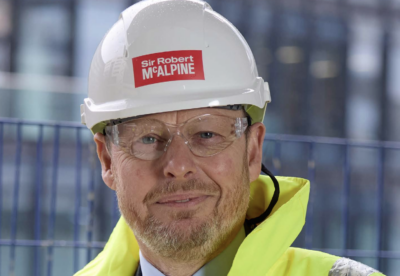

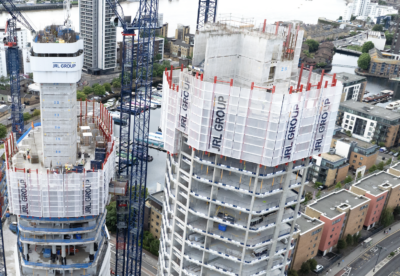

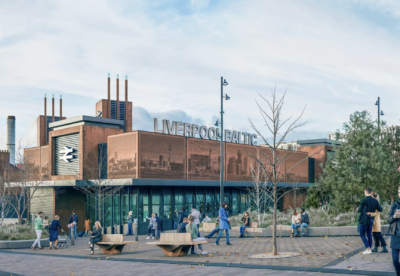



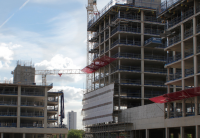


.gif)

